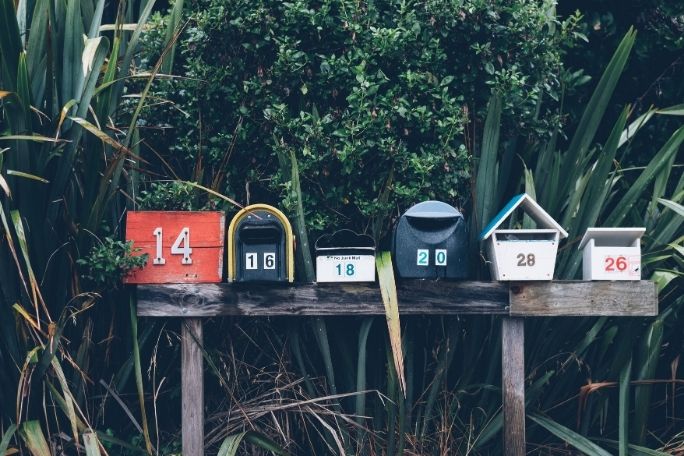Lesson summary
Students collect junk mail from home and bring it to the class to investigate mathematically. Students participate in a range of mathematical activities around their junk mail, including counting the number of pieces of junk mail collected, weighing the mail, measuring the length and area the mail covers. The class will then make their own ‘no junk mail’ sign to take home.
Learning intentions:
Students will...
- know what junk mail is and why it is used
- recognise the environmental impacts of junk mail
- know some actions they can take to reduce the negative impacts of junk mail on our environment.
Success criteria:
Students can...
- think critically about junk mail
- measure, sort and compare objects mathematically
- participate in class discussions
- participate in class art projects.
Lesson guides and printables
Lesson details
Skills
This lesson is designed to build students’ competencies in the following skills:
- Communication
- Critical thinking
Resources required
- Junk mail
- Scales
- Ruler
- Art resources
Additional info
This is an original Cool.org lesson. Facts and figures in these lessons may have changed since this lesson was published. We always endeavour to update our resources in a timely manner, but if you see an error or issue in our resources please get in touch with us.


Welcome back!
Don't have an account yet?
Log in with:
By signing up to Cool.org you consent and agree to Cool's privacy policy to
store, manage and process your personal information. To read more, please see
our privacy policy here(Opens in new tab).
Create your free Cool.org account.
Many of our resources are free, with an option to upgrade to Cool+ for premium content.
Already have an account?
Sign up with:
By signing up to Cool.org you consent and agree to Cool's privacy policy to
store, manage and process your personal information. To read more, please see
our privacy policy here(Opens in new tab).